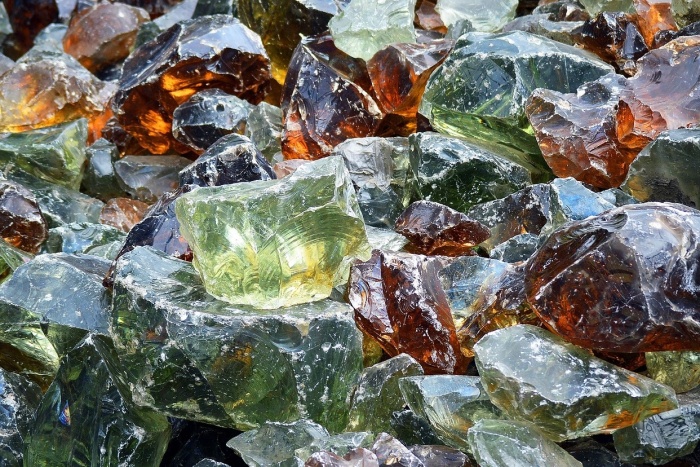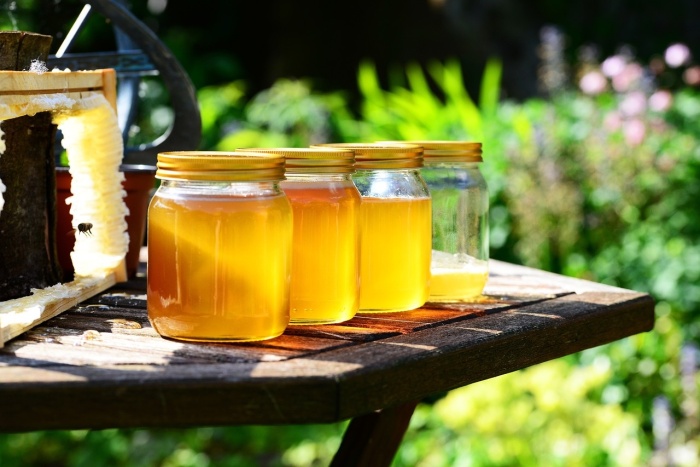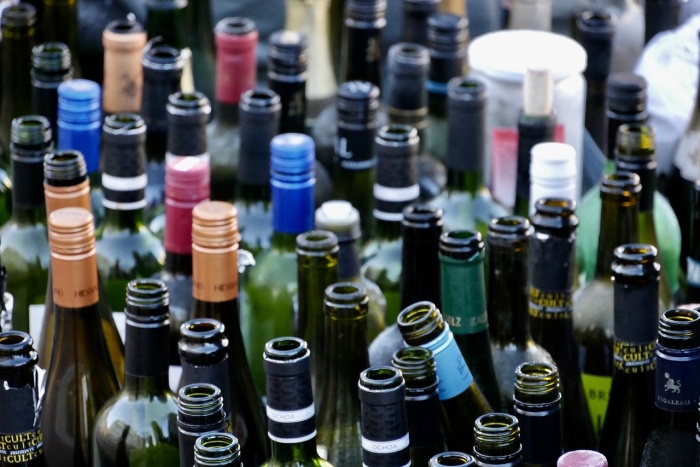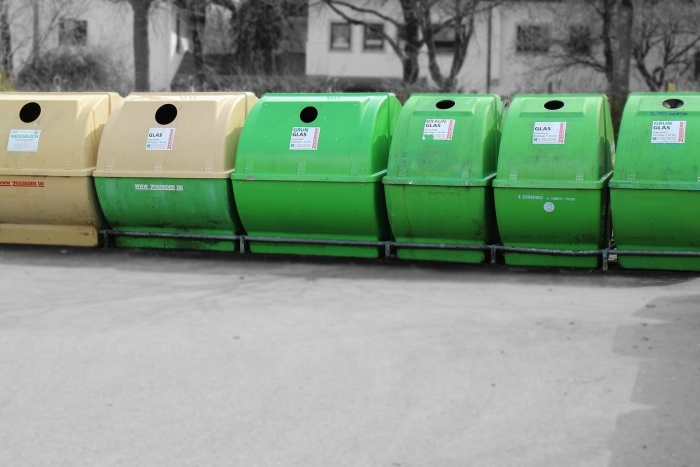New glass containers
Recycled glass is one of the most sustainable materials, as it can be endlessly reprocessed without losing its quality or purity. Once collected and sorted, the glass is crushed, cleaned, and melted down to create new glass containers such as bottles and jars.
Using recycled glass in production not only reduces the demand for raw materials like sand, soda ash, and limestone but also consumes significantly less energy compared to manufacturing glass from scratch. By choosing recycled glass, we can minimise waste, lower carbon emissions, and contribute to a more circular economy.
Aggregate
Recycled glass has emerged as an innovative and sustainable material in the construction industry, particularly in the production of concrete and asphalt. When finely ground, glass can be used as a substitute for sand in concrete, providing comparable strength and durability while reducing the demand for natural resources. Its reflective properties also add an aesthetic element, making it ideal for decorative concrete applications.
In asphalt, crushed glass acts as an aggregate, enhancing its stability and performance. This eco-friendly reuse not only diverts waste from landfills but also reduces the carbon footprint associated with sourcing traditional construction materials.
Landscaping
Recycled glass offers a versatile and eco-friendly solution for landscaping purposes. Its permeability and durability make it an excellent material for drainage, efficiently directing water away while reducing soil erosion.
Beyond functionality, recycled glass adds aesthetic appeal as decorative mulch, available in a range of vibrant colours and textures that can brighten garden beds or pathways. It also serves as a practical soil amendment when finely crushed, improving aeration and water retention in the soil. By incorporating recycled glass into your landscaping projects, you can create visually stunning, sustainable spaces while reducing waste.
Filtration
Recycled glass is an innovative and sustainable material increasingly used in water filtration systems. Its granular structure and high surface area make it an excellent medium for trapping impurities and solids in water, providing effective filtration.
Additionally, recycled glass is chemically inert, resistant to bacterial growth, and offers long-lasting performance, making it a safe and eco-friendly alternative to traditional sand filters. By repurposing waste glass for filtration, industries not only reduce reliance on non-renewable resources but also contribute to environmental conservation through waste reduction.
Abrasives
Recycled glass is an excellent material for use in abrasives, particularly in sandblasting applications. It is an eco-friendly alternative to traditional abrasives, offering a sustainable way to reduce waste while achieving high-performance results. Crushed and processed into fine particles, recycled glass abrasives are sharp, effective, and ideal for removing paint, rust, and surface contaminants from a variety of materials, including metal, wood, and masonry.
Moreover, they are non-toxic, free from silica, and less hazardous to workers and the environment, making them a safer option for industrial and personal use. By utilising recycled glass in abrasives, industries can contribute to resource conservation while maintaining quality and efficiency.
Tiles & countertops
Recycled glass is an innovative and sustainable material increasingly used in tiles and countertops. When incorporated into surfaces, it creates striking designs by showcasing a mosaic of shimmering shards. These eco-friendly tiles and countertops are not only visually appealing but also highly durable and resistant to stains and scratches, making them a practical choice for kitchens and bathrooms.
By reusing discarded glass, this approach significantly reduces landfill waste while giving interiors a modern and unique aesthetic that aligns with sustainable living practices.
Engineered stone
Recycled glass is an innovative and sustainable material increasingly being utilised in the production of engineered stone. By incorporating fragments of post-consumer and industrial glass, manufacturers create stunning surfaces that combine durability with aesthetic appeal. These engineered stones often feature a unique blend of translucent shards, offering a modern, elegant finish for countertops, flooring, and wall cladding.
Beyond their visual charm, using recycled glass reduces waste sent to landfills, cuts down on the demand for virgin raw materials, and contributes to a lower environmental footprint. It's a brilliant example of how creative recycling can result in functional, eco-conscious design solutions.
Ceramic products
Recycled glass serves as a highly versatile and sustainable material for use in ceramic products. When finely ground, it can be incorporated into ceramic glazes, creating unique finishes with brilliant textures and colours while simultaneously reducing the need for virgin raw materials. Additionally, recycled glass can replace traditional fluxes in ceramic production, helping to reduce the temperature required for firing and thus lowering energy consumption.
From elegant pottery to durable tiles, this innovative use of recycled glass not only enhances the aesthetic value of ceramic products but also contributes to a circular economy by giving discarded materials a second life.



